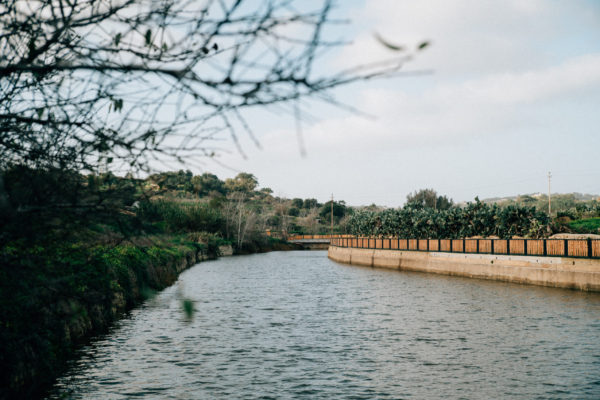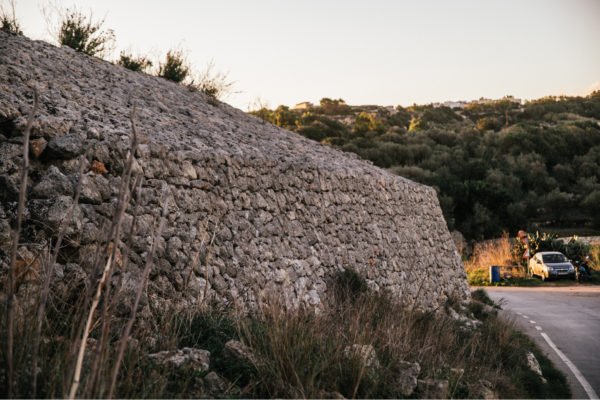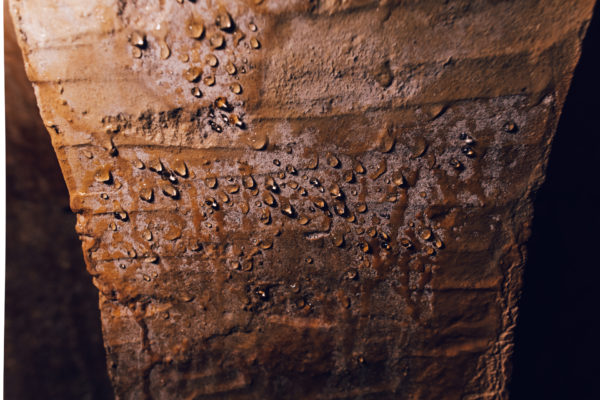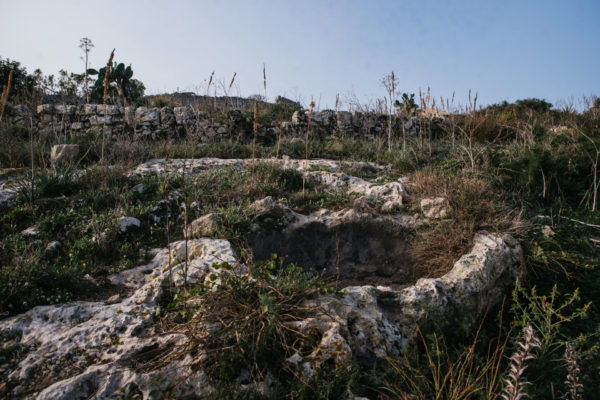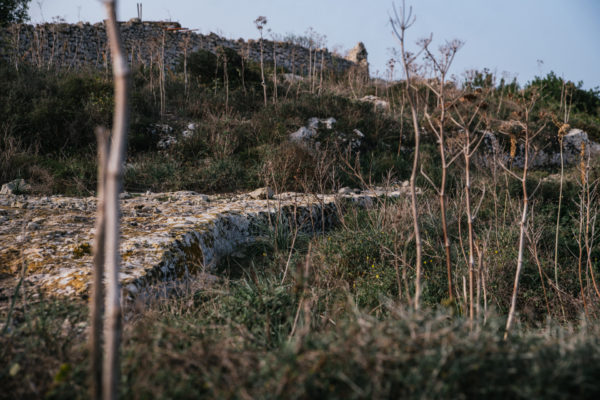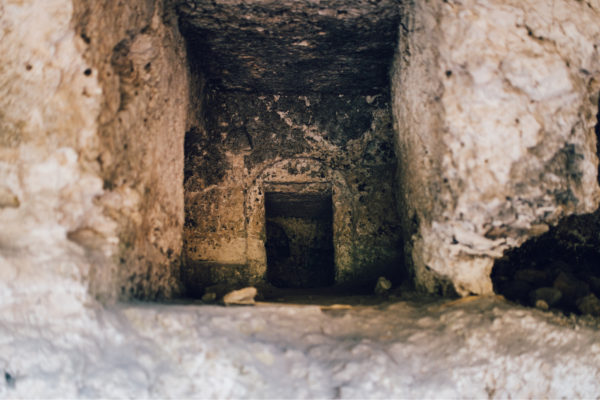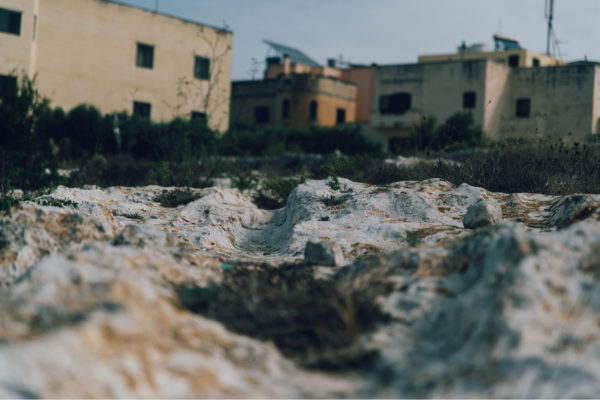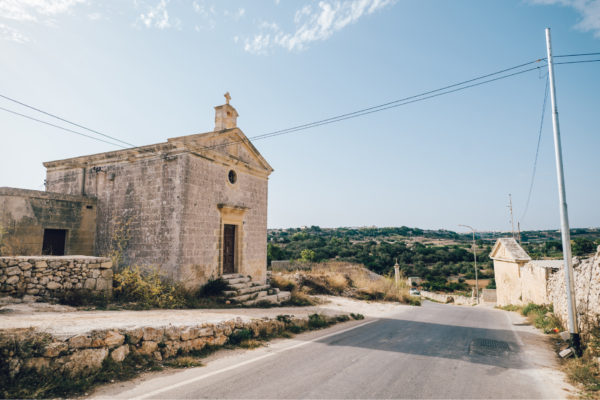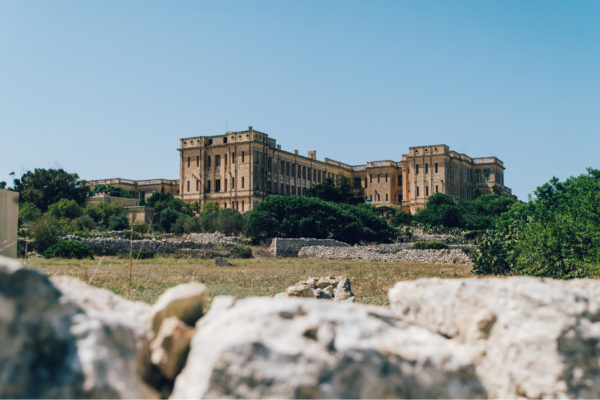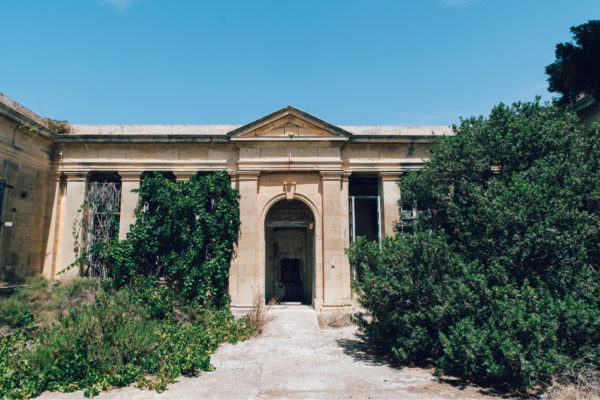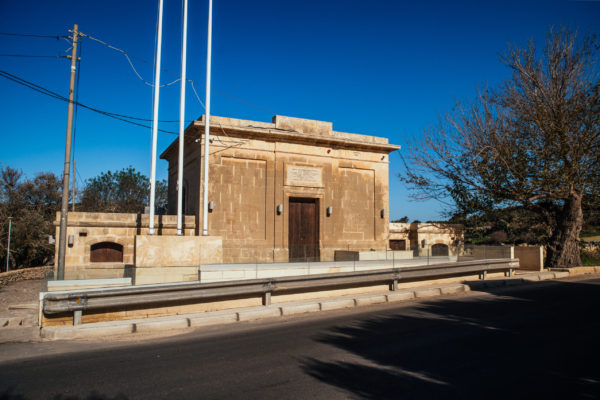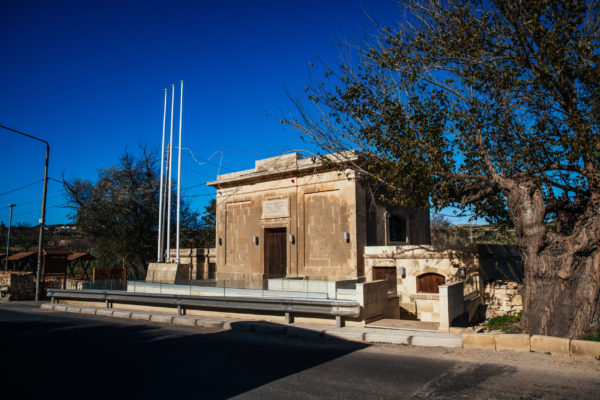
The Sardinian Warbler is a very abundant bird species across the Maltese islands, 13 cm. long and weighing about 1.2 – 2.5 g.
Like most bird species, males and females display distinct plumages which tend to change during breeding and non-breeding seasons. Males have a pale grey back with whitish underparts and throat with a black head whilst females are mainly brown above and whitish below with a grey head and white throat. Both birds display a long and slender dark tail with white edges and a red eye ring.
During non-breeding seasons the male plumage along the back tends to shift to an olive colour and the black colour loses its intensity. Females have a tinged brownish head and duller contrasts. Juveniles generally resemble the females but are slightly duller in colour and tend to be browner also.
The general flight action is jerky, flying over low-lying vegetation spreading its tail feathers only when diving back into cover. It feeds primarily on insects but consumes a large amount of fruit and berries during colder seasons.
This species generally inhabits coastal, garigue and maquis habitats but can also be found in cultivated areas across the Mediterranean region. Its preferred habitat type is composed of low-lying stands of thick vegetation and dense forests with bushy undergrowth.
The Sardinian Warbler breeds in spring and can produce 1 – 3 broods per season. This monogamous species builds its nest out of grass generally 30 – 60 cm. above ground in the thick undergrowth and low-lying vegetation.
Females lay 3 – 5 eggs and both parents incubate them for 12 – 15 days until they hatch. Chicks are fed by both adults and will leave the nest around 12 – 13 days after hatching, depending on their parents for another 2 – 3 weeks.












